How climate change is threatening Navajo ranchers’ way of life
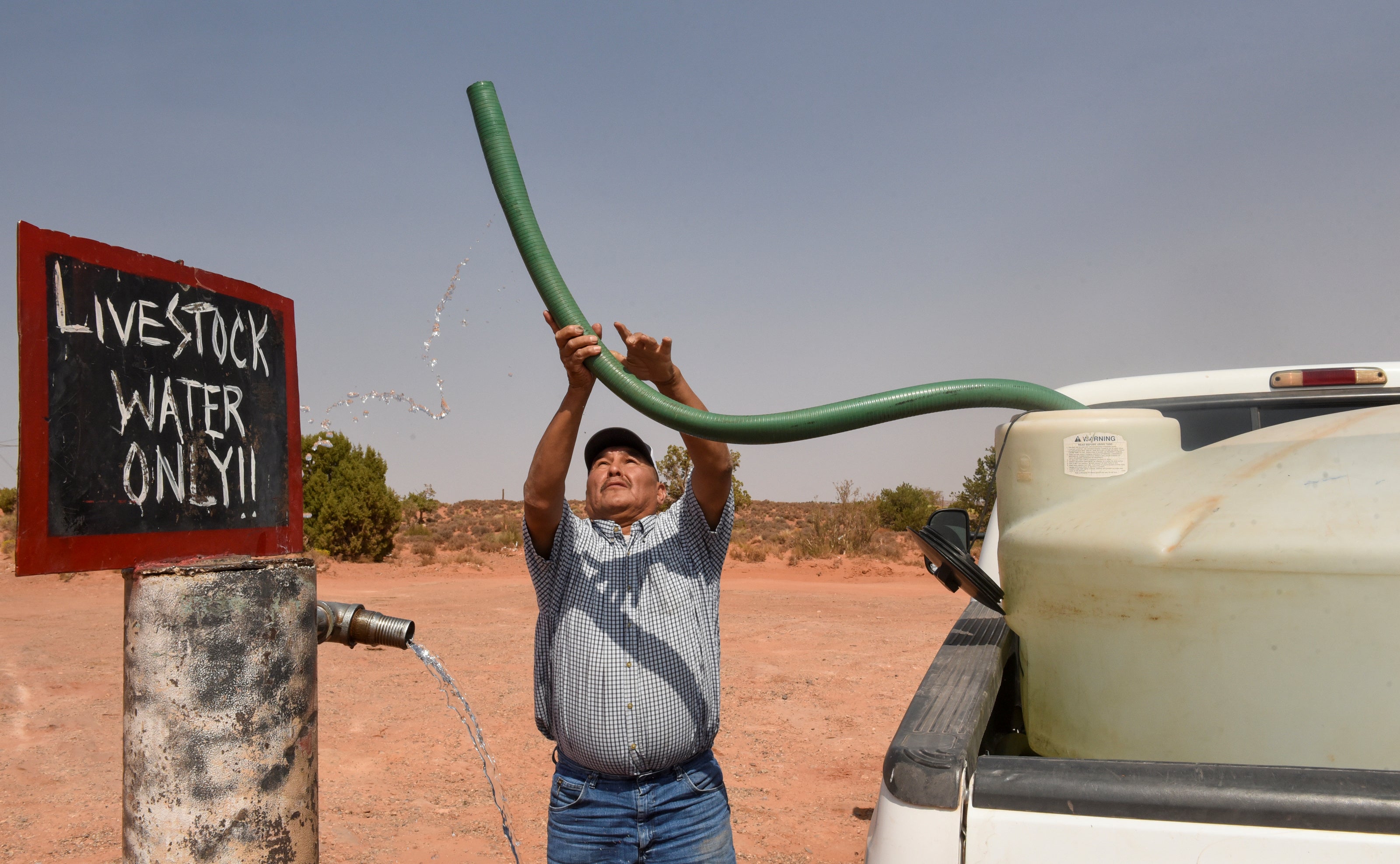
Your support helps us to tell the story
From reproductive rights to climate change to Big Tech, The Independent is on the ground when the story is developing. Whether it's investigating the financials of Elon Musk's pro-Trump PAC or producing our latest documentary, 'The A Word', which shines a light on the American women fighting for reproductive rights, we know how important it is to parse out the facts from the messaging.
At such a critical moment in US history, we need reporters on the ground. Your donation allows us to keep sending journalists to speak to both sides of the story.
The Independent is trusted by Americans across the entire political spectrum. And unlike many other quality news outlets, we choose not to lock Americans out of our reporting and analysis with paywalls. We believe quality journalism should be available to everyone, paid for by those who can afford it.
Your support makes all the difference.Two decades into a severe drought on the Navajo reservation, the open range around Maybelle Sloan’s sheep farm stretches out in a brown expanse of earth and sagebrush.
A dry wind blows dust across the high-desert plateau, smoke from wildfires in Arizona and California shrouding the nearby rim of the Grand Canyon.
The summer monsoon rains have failed again and stock ponds meant to collect rainwater for the hot summer months are dry.
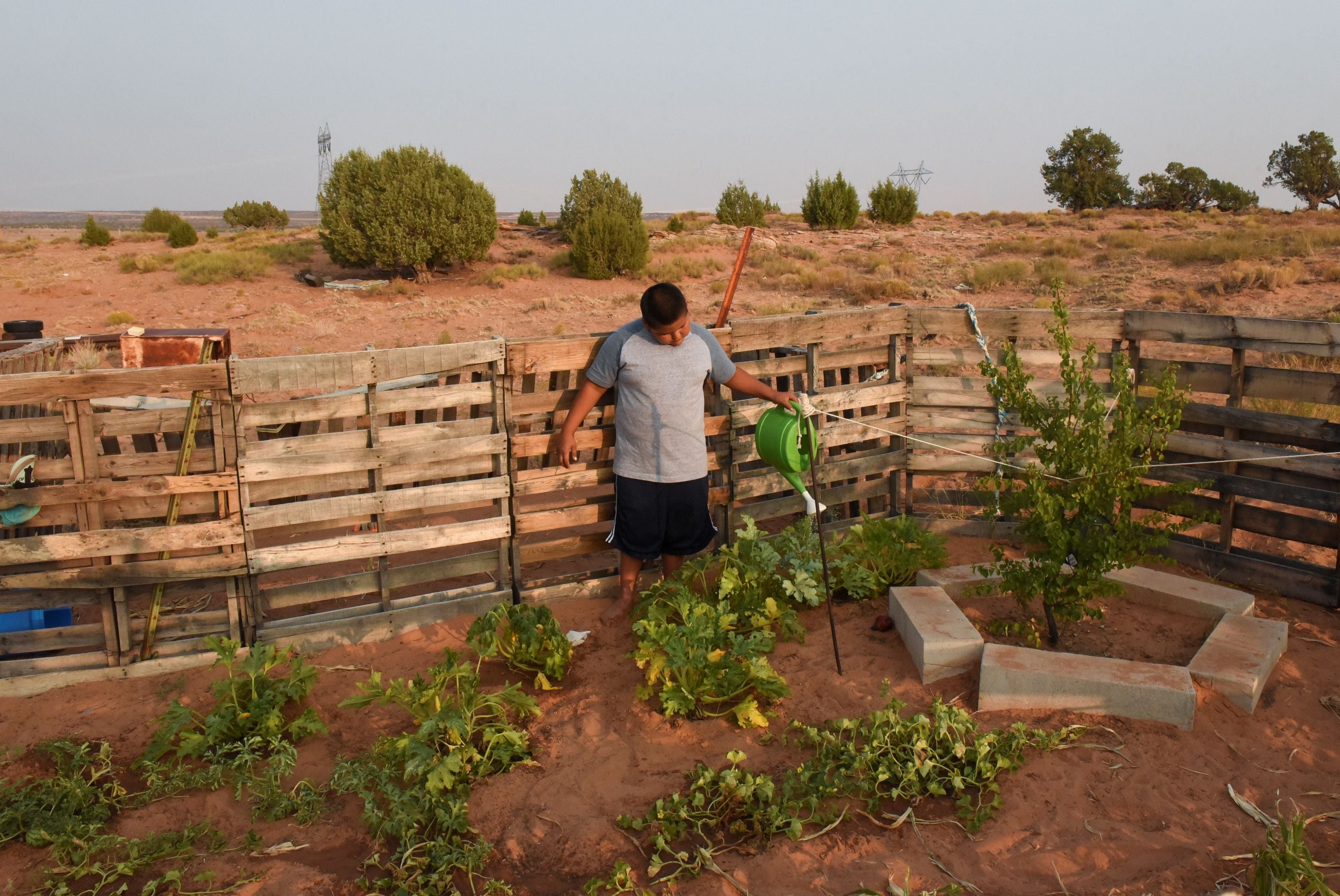
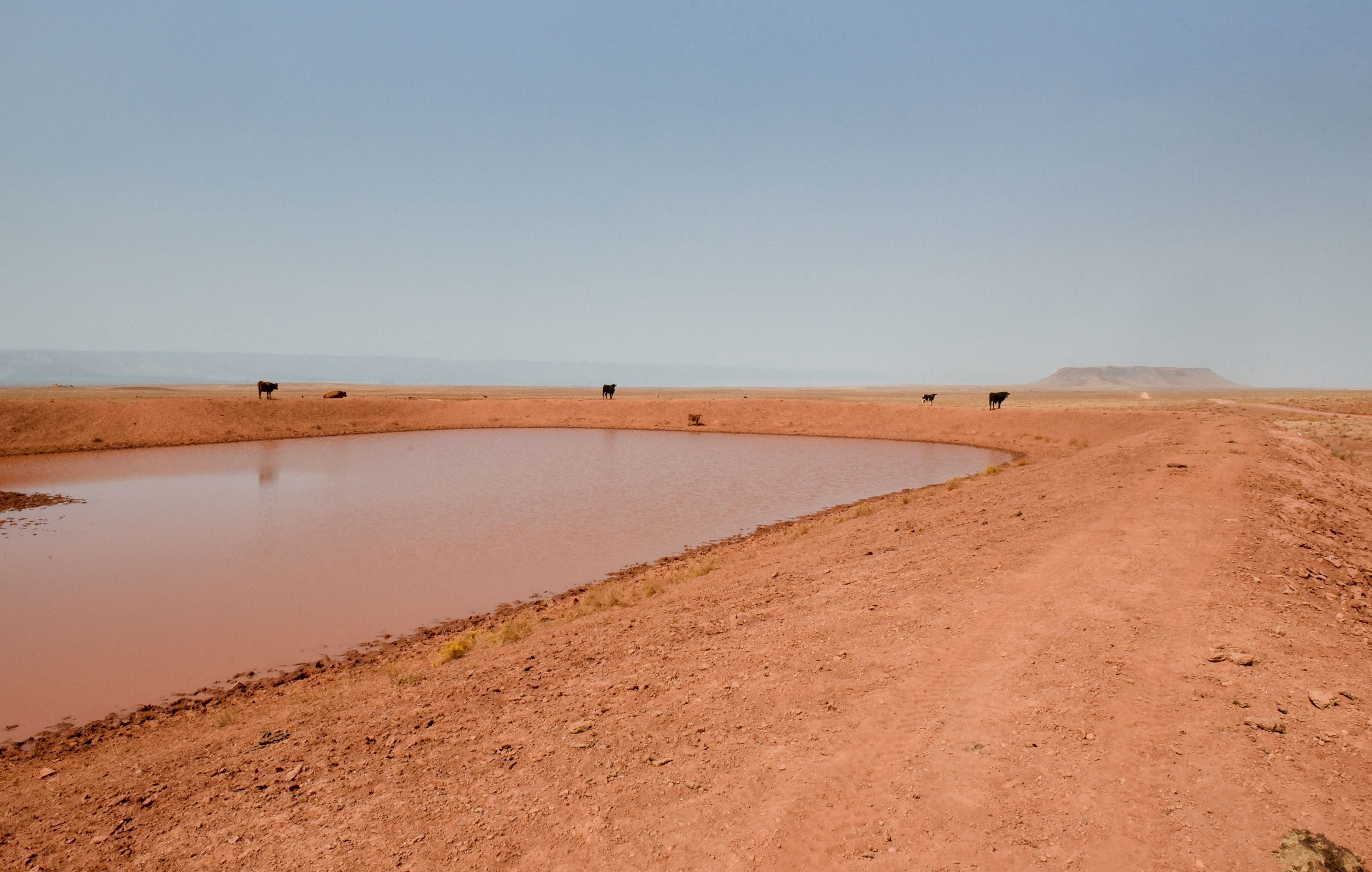
With no ground water for her animals, Maybelle, 59, fills an animal trough with water from a 1,200-gallon white plastic tank. She and her husband Leonard, 64, have to pay up to $300 (£220) to have the tank filled as her pick-up truck has broken down. When it’s working, she hauls water herself every two days, spending $80 a week on fuel.
The cost of hauling water has made their ranch unprofitable.
The Navajo Nation – covering a 27,000 square mile area straddling the states of Arizona, New Mexico and Utah – competes with growing cities including Phoenix and Los Angeles for its water supply.
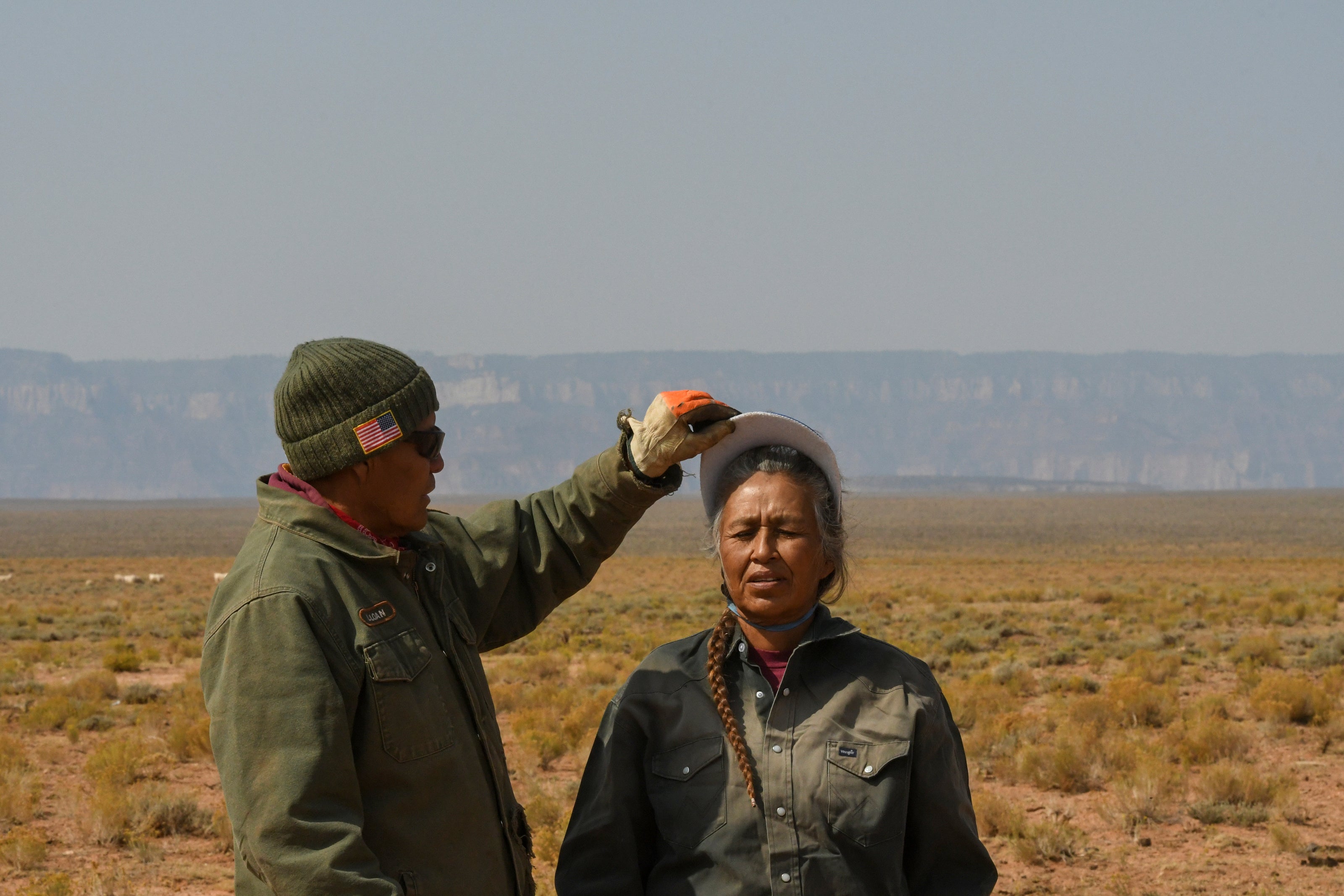
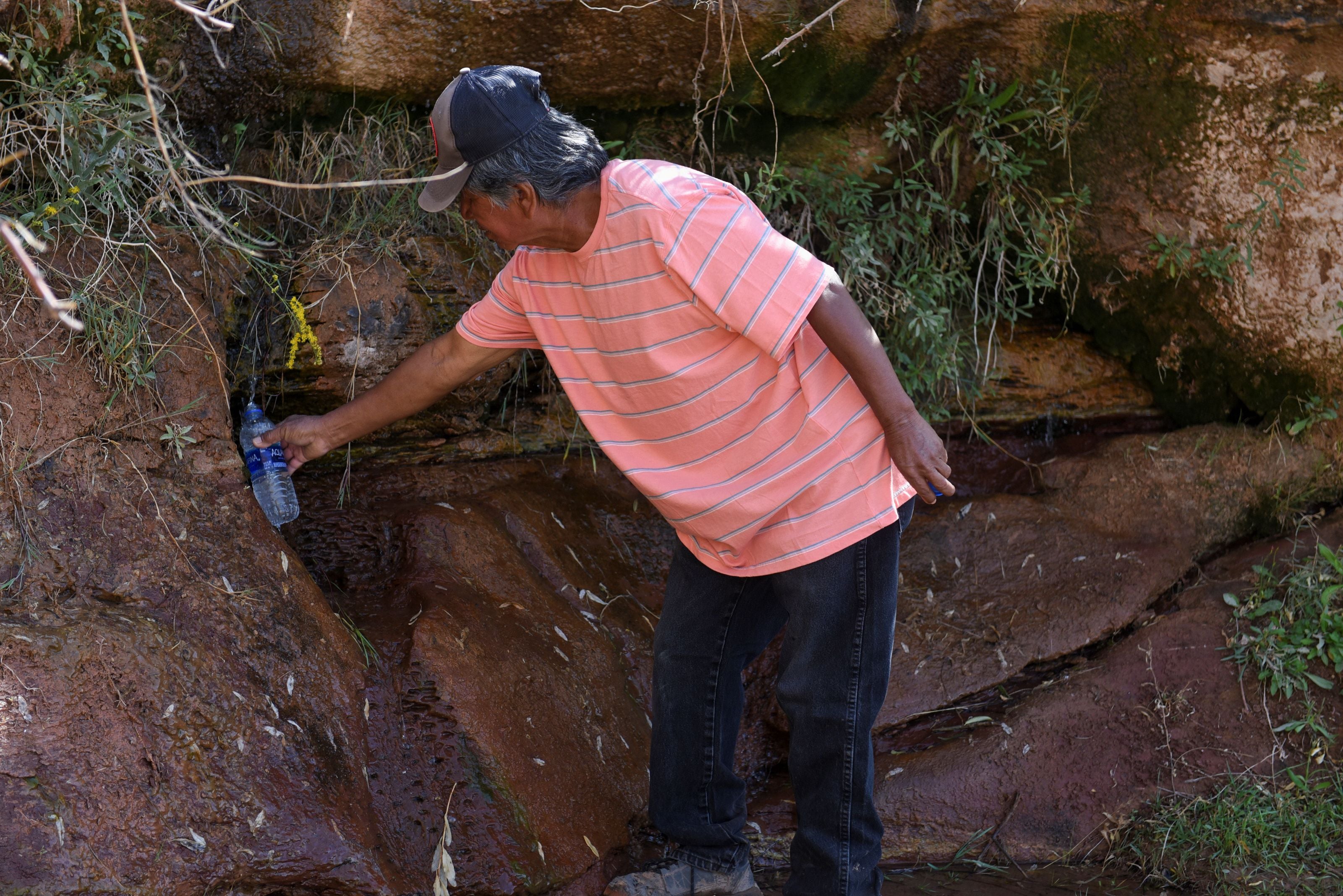
And as climate change dries out the western US, that supply is becoming increasingly precarious.
In decades past, “we got rain every year around June, July, August,” says Leonard. The rancher pointed toward the dry ponds in the ground near a local butte [flat-topped hill] named Missing Tooth Rock. “When we had that storm, there would be water and they would be full. And now due to global warming, we don’t get no rain, just a little.”
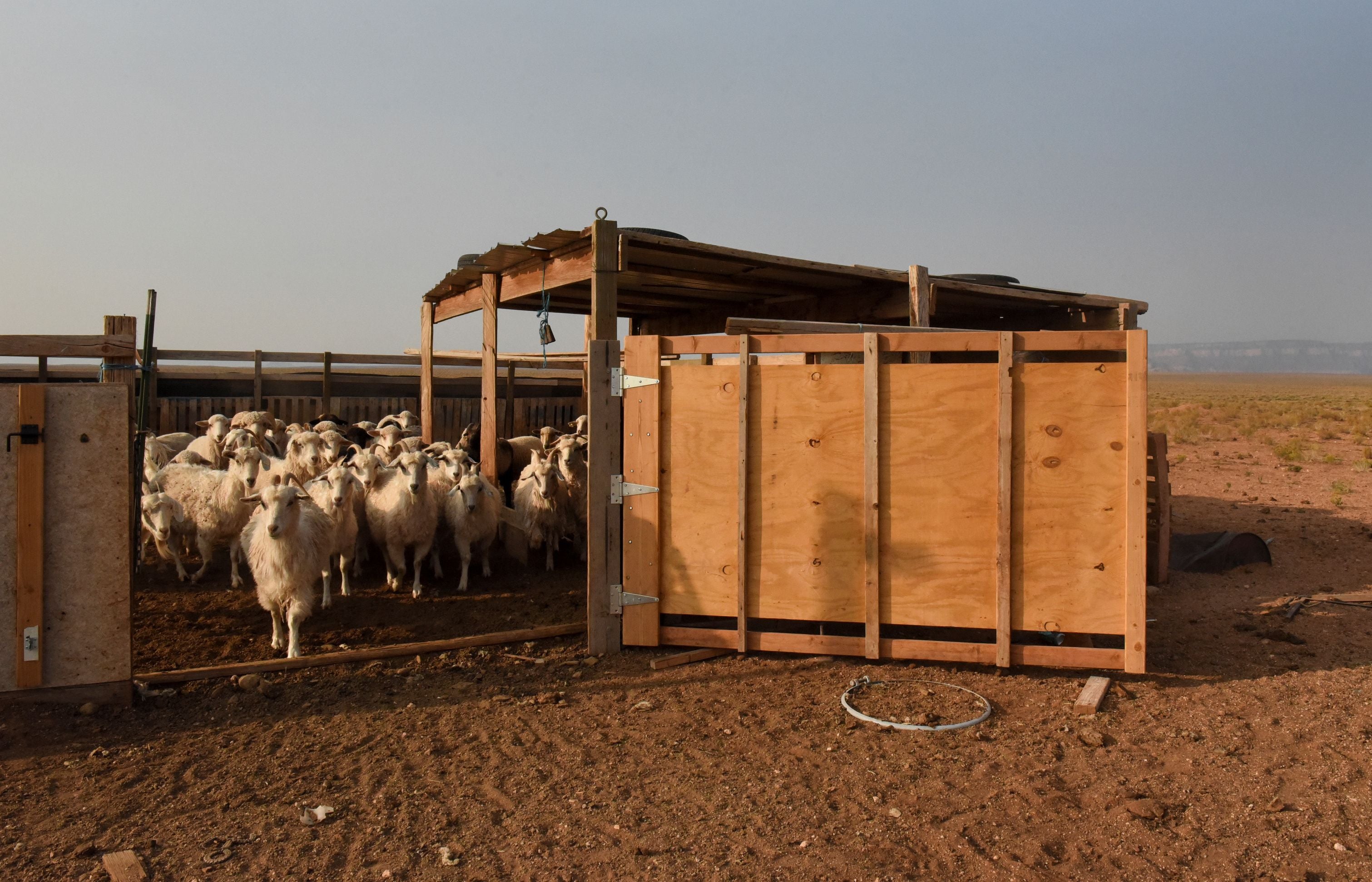
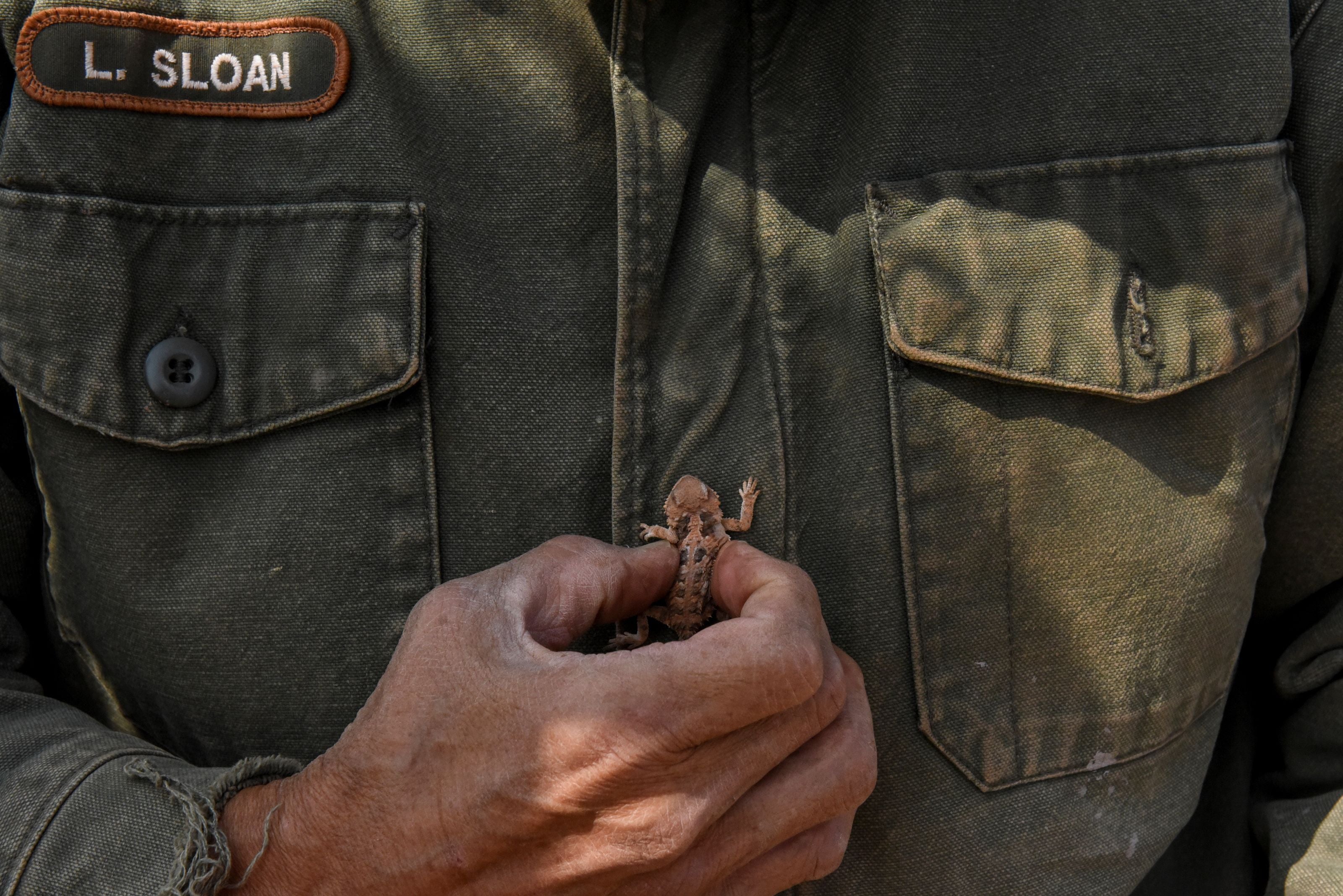
But Maybelle bristles at the thought of giving up sheep herding learned from her mother and grandmother before her. Her mother, father and sister all died in April last year from coronavirus.
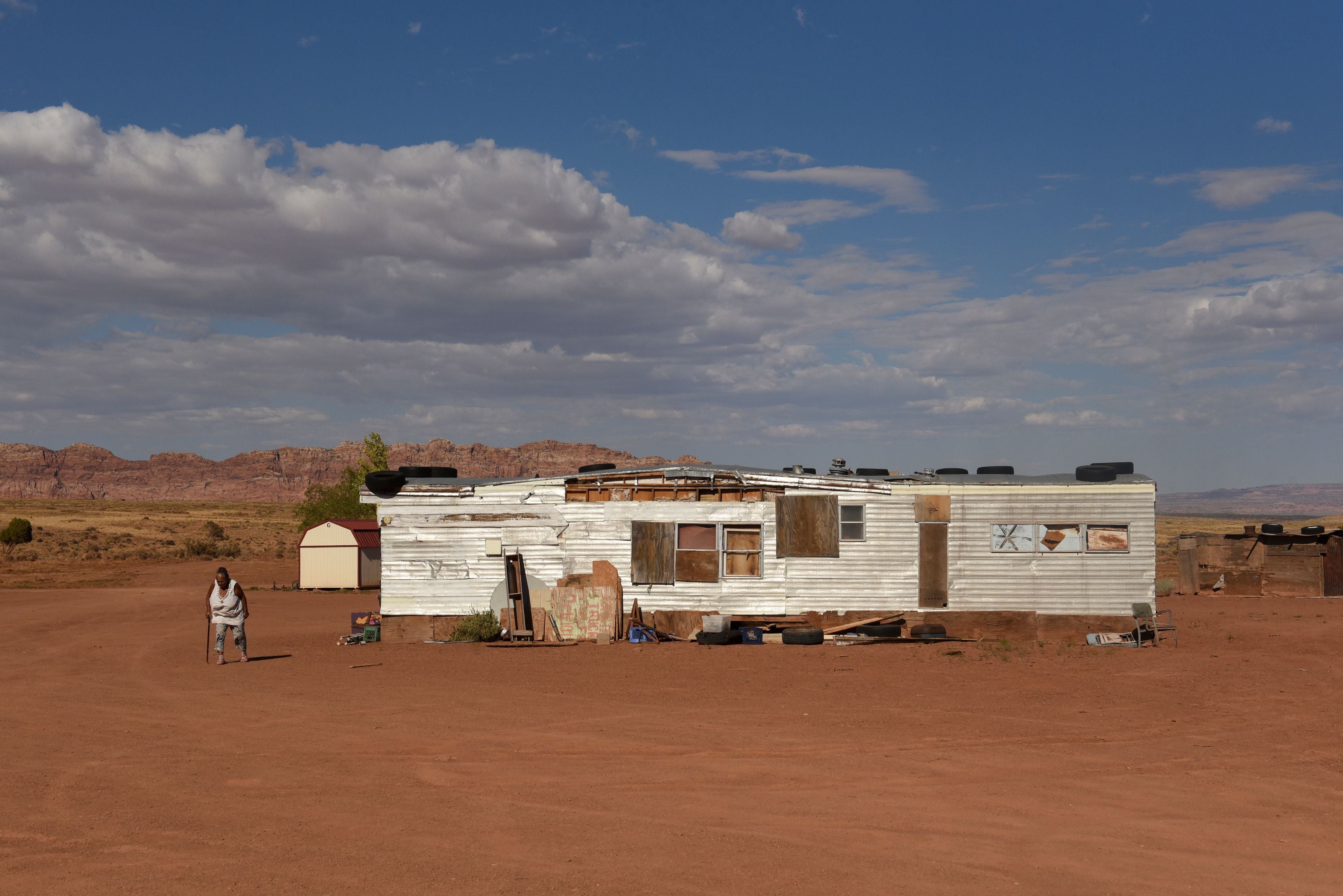
“I’m doing it for my parents,” Maybelle says, wiping tears away as she sat on the metal railing of a corral as her cattle licked salt blocks and drank water.
“I go out every day to take care of my sheep. There’s coyotes out there and sometimes people steal them so I got to be there. Sometimes I have to go to do something like go to town to do my laundry and then I can’t go out but then the very next day I go out super early because I’m worried about them.”
The Sloans remember grass growing as high as the belly of a horse as recently as the 1980s but drought conditions on the reservation have become largely relentless since the mid-1990s.
Annual average temperatures rose by 1.4F in the reservation’s Navajo County area over the 100 years to 2019, according to the US National Oceanic and Atmospheric Administration.
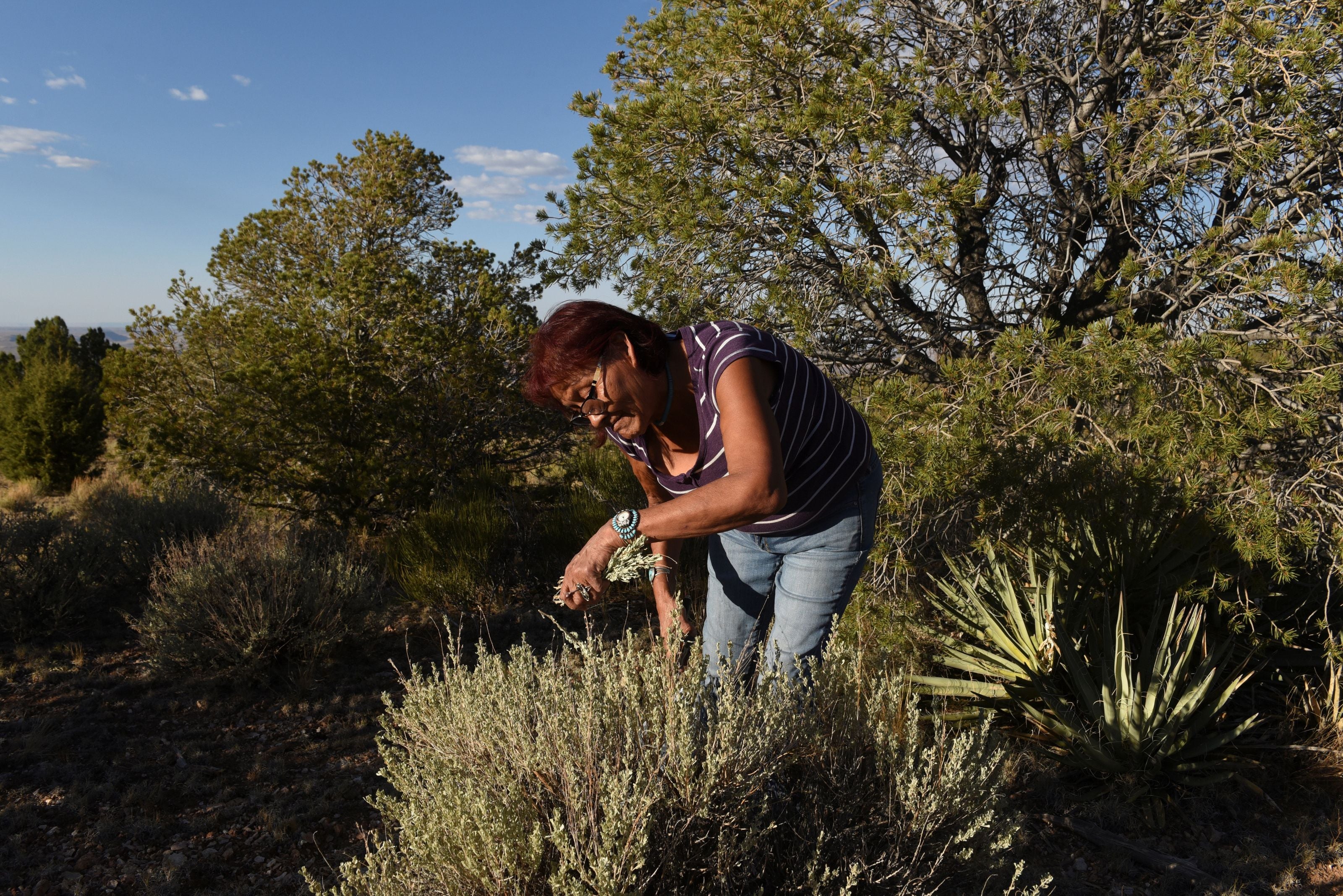
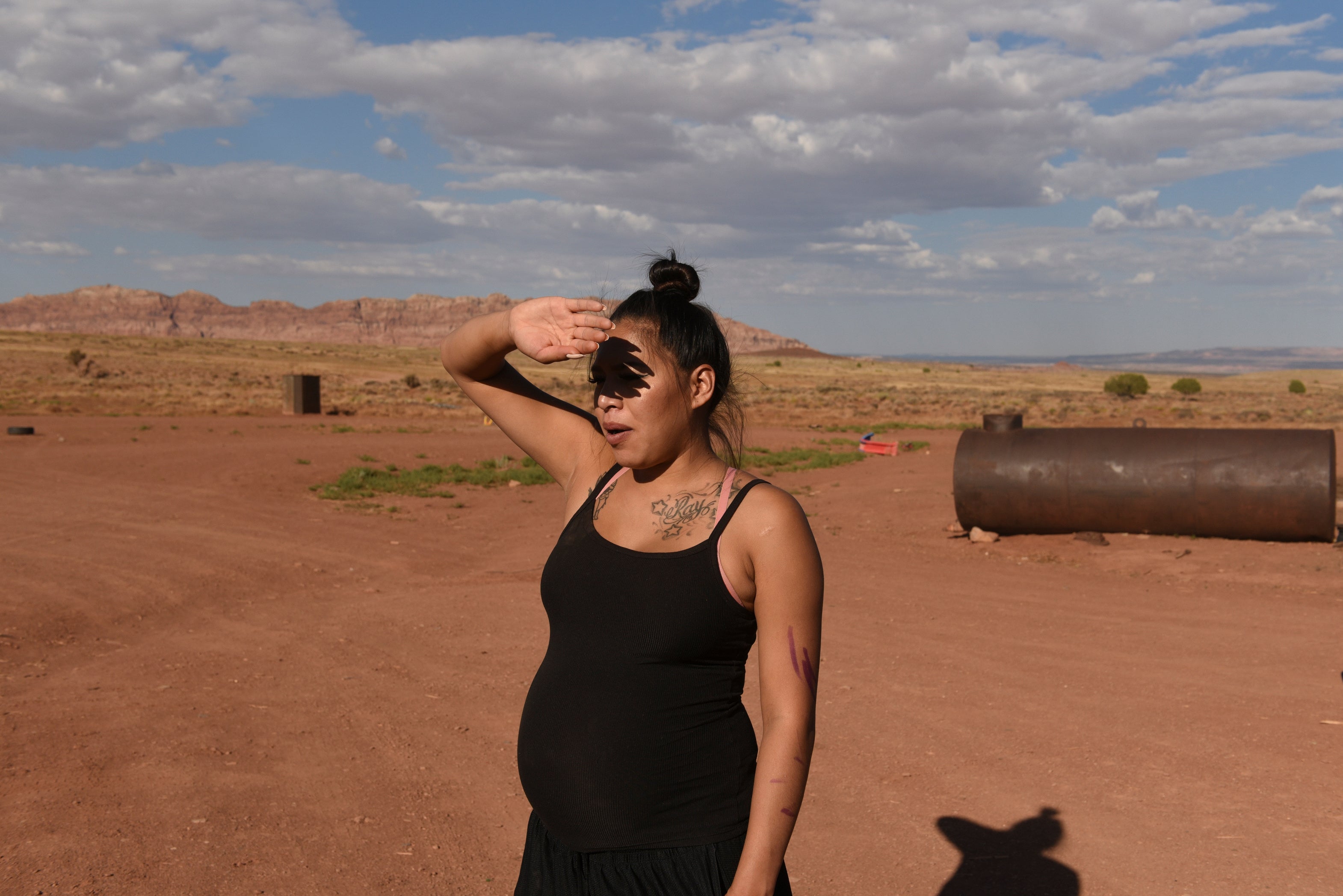
June to August last year were the driest three months on record in the area, according to drought monitoring data studied by climate scientist David Simeral of the Desert Research Institute in Nevada. Three of the five driest July-August rainy seasons in the area have occurred since the late 1990s.
The warming trend has prompted desertification. Sand dunes now cover about a third of the reservation, according to the US Geological Survey.
All but one of the reservation’s rivers have stopped running year-round, said Margaret Redsteer, a scientist at the University of Washington in Bothell.
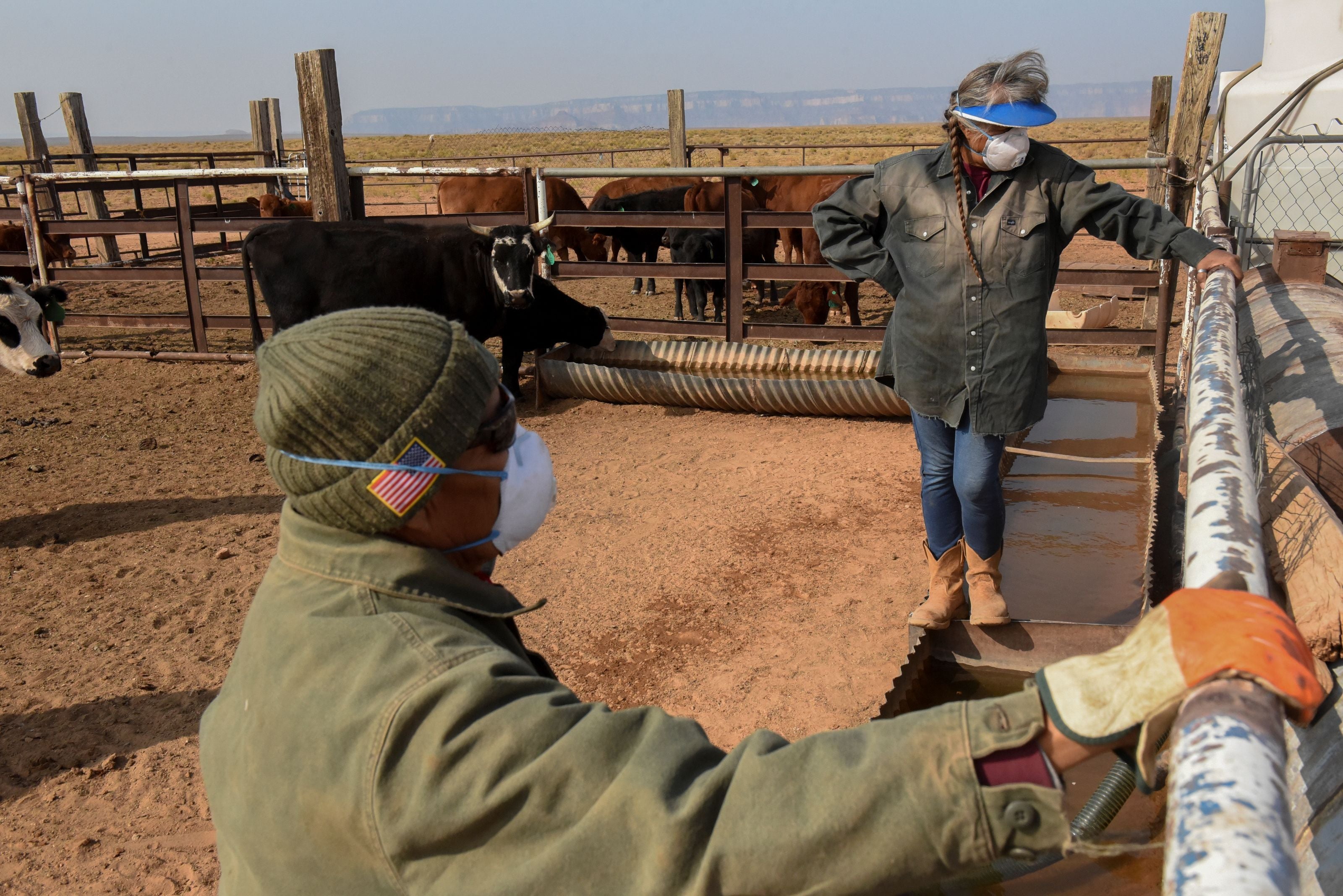
“That’s the really tricky thing about droughts, and climate change is like that too,” Redsteer says. “It’s a gradual disaster.”
On paper, the Navajo Nation has extensive water rights based on the federal “reserved rights” doctrine – the Native American nations’ rights to land and resources signed into treaties.
In practice, the Navajos and other tribes were left out of many 20th century negotiations divvying up the water.
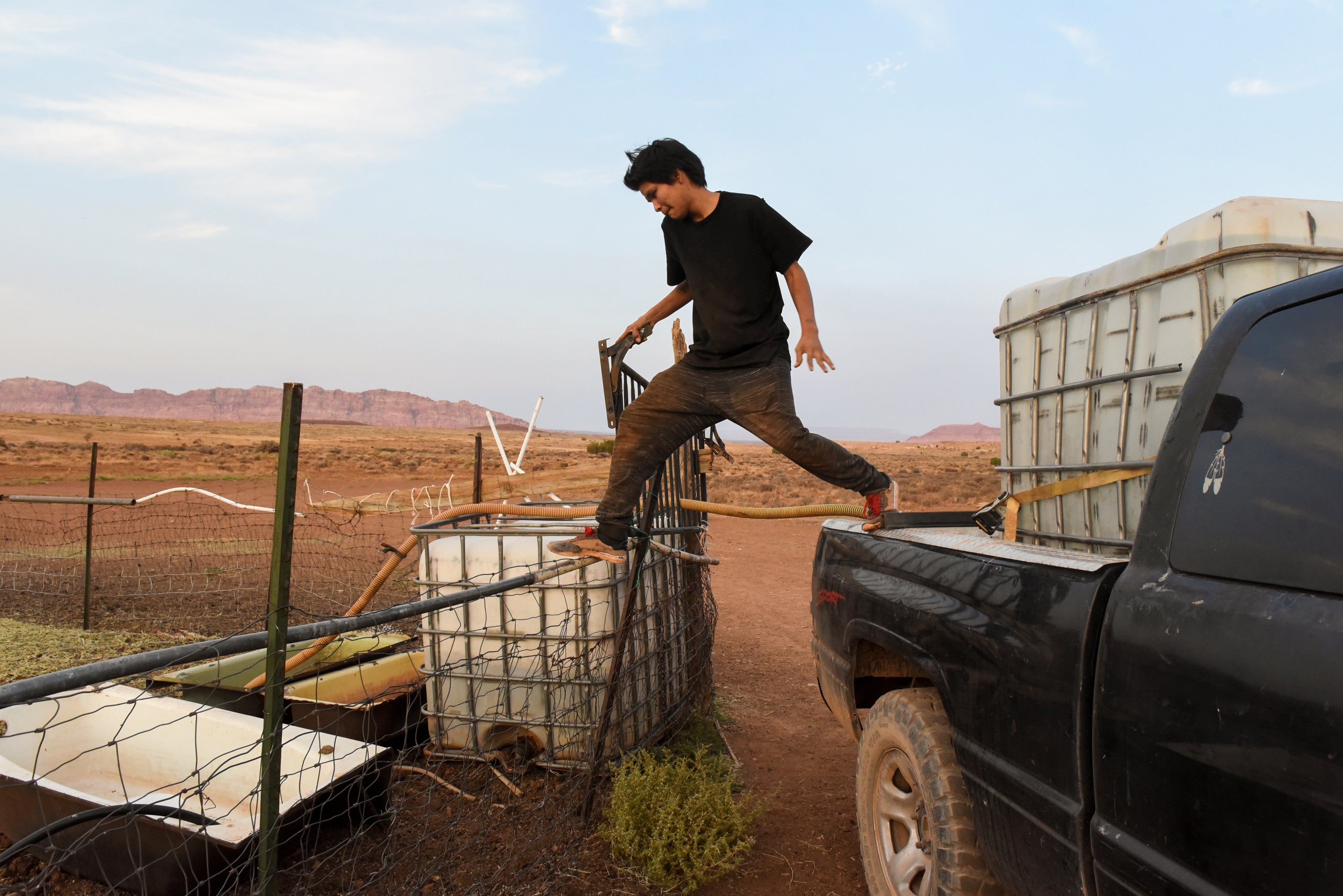
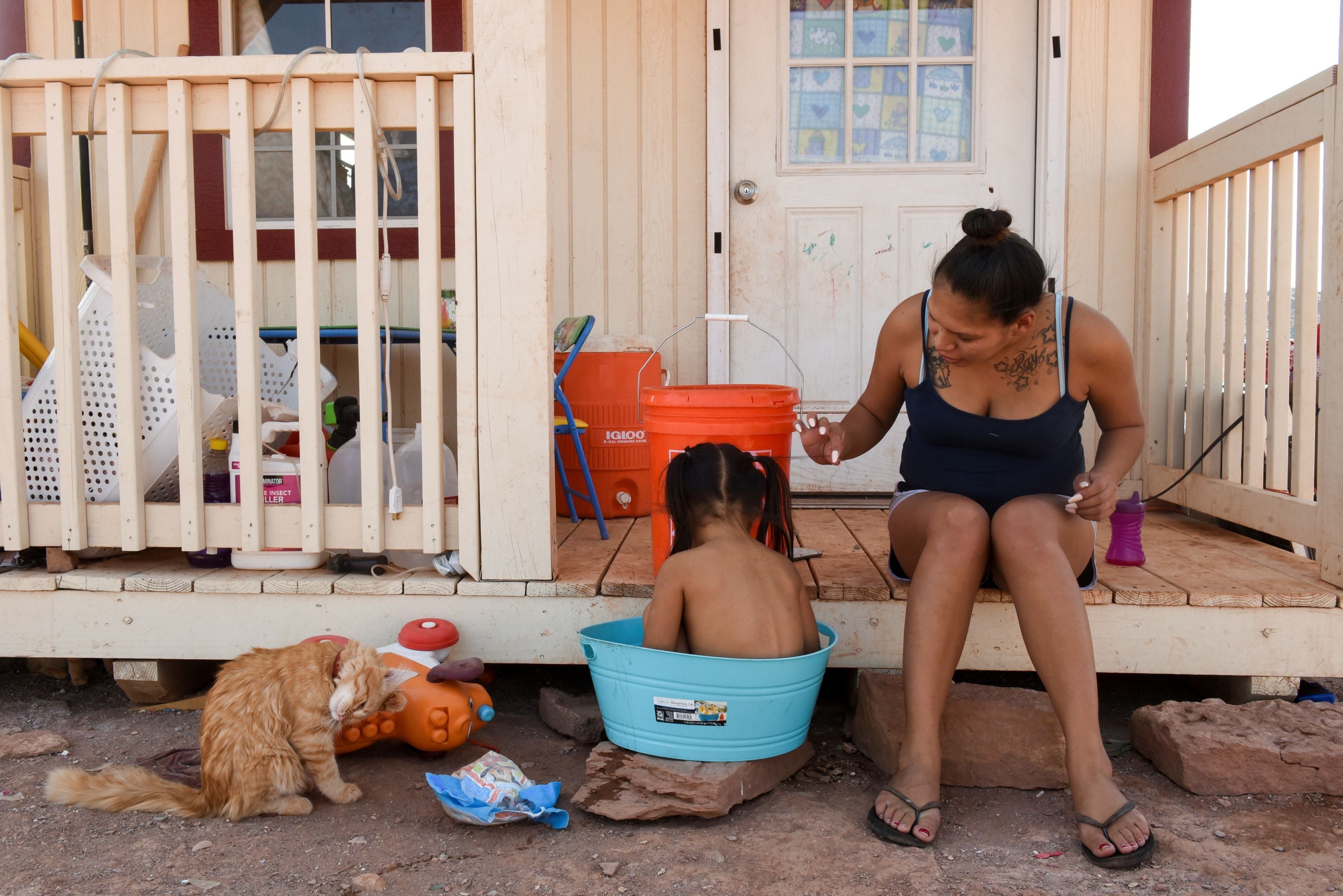
There are signs some of the next generation are keeping up ranching traditions.
Some youths simply help their grandparents haul water each day from the sole well for livestock in the Bodaway-Gap area. Still others, including Maybelle’s children, send money from their work off the reservation to help fund their families’ ranches. “Us Indians, we don’t give up really easy,” Maybelle says. “We’re really determined people.”
Reuters. Photography by Stephanie Keith
Join our commenting forum
Join thought-provoking conversations, follow other Independent readers and see their replies
0Comments